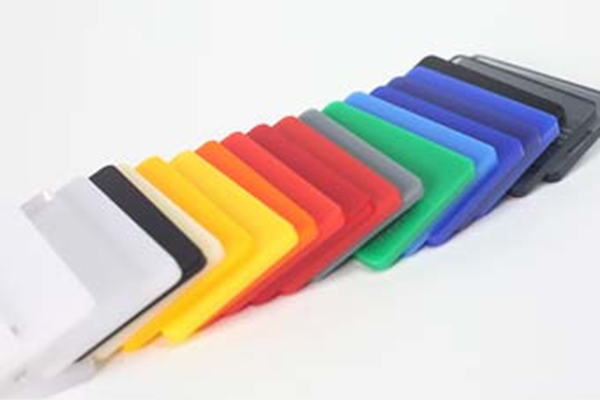In recent years, advancements in UV-resistant acrylic have transformed the landscape of outdoor applications. This versatile material is increasingly favoured for signage, displays, and architectural features due to its superior durability and performance in harsh environmental conditions. Let’s explore the benefits and innovations of UV-resistant acrylic that make it an ideal choice for outdoor projects.
UV Protection Without Compromise
One of the standout features of modern UV-resistant acrylic is its ability to effectively block harmful UV rays. Specially formulated UV-resistant options absorb or reflect UV radiation, unlike traditional acrylic that can degrade over time. This protection prevents the molecular breakdown that causes yellowing and brittleness, ensuring that outdoor installations retain their clarity and strength for years. As a result, signage and displays maintain their visual appeal and integrity, enhancing brand visibility and customer engagement.
Durability in Harsh Conditions
UV-resistant acrylic is engineered to withstand the rigours of outdoor environments. It exhibits remarkable resistance to weathering, making it ideal for locations exposed to sun, rain, and temperature fluctuations. Whether it’s a busy shopping district or a serene park, this material endures the elements without compromising quality. Its durability reduces the need for frequent replacements, making it a reliable solution for businesses and organisations looking for long-lasting outdoor displays.
Lightweight and Impact Resistant
Acrylic is known for being lightweight, weighing about half as much as glass. This characteristic not only makes it easier to transport and install but also contributes to its practicality in outdoor settings. Additionally, UV-resistant acrylic offers excellent impact resistance, ensuring that it can withstand minor knocks and falls without shattering. This safety feature is particularly beneficial in public areas, where materials are often subject to handling and environmental stress.
Cost-Effective Solution
Investing in UV-resistant acrylic translates to significant cost savings over time. With its extended lifespan and low maintenance requirements, this material provides a cost-effective solution compared to alternatives like glass; businesses can minimise replacement and upkeep costs while ensuring their signage and displays remain vibrant and effective. This makes UV-resistant acrylic an attractive option for organisations seeking to optimise their budgets without sacrificing quality.
Applications in Signage and Displays
The applications of UV-resistant acrylic are vast, particularly in signage and displays. Here are a few notable uses:
Shopfront and Business Signs
UV-resistant acrylic is ideal for shopfronts and business signs, where maintaining a professional appearance is crucial. These signs retain their quality even when exposed to direct sunlight, ensuring that branding remains visible and appealing.
Wayfinding and information signage
In public spaces, UV-resistant acrylic is essential for wayfinding and informational signage. Its clarity and durability ensure that signs remain simple to read and visually appealing, which is critical for helping visitors navigate through parks, transport stations, and other communal areas.
Display Cases and Panels
Outdoor display cases benefit significantly from UV-resistant acrylic. It protects valuable items while providing a clear view, making it perfect for exhibitions, museums, or memorial plaques. This combination of clarity and protection enhances the visitor experience and preserves the integrity of displayed items.
Canopies and Architectural Applications
Architectural features and canopies also use UV-resistant acrylic. Clear acrylic awnings filter sunlight while providing protection from the elements, making them suitable for both commercial and residential applications. Furthermore, facade panels made from UV-resistant acrylic maintain their appearance and structural integrity, blending aesthetics with functionality in architectural design.
Conclusion
The advancements in UV-resistant acrylic have made it a preferred material for outdoor use in signage, displays, and architectural applications. With its ability to block harmful UV rays, exceptional durability, lightweight nature, and cost-effectiveness, this material offers a range of benefits that cater to various outdoor needs. As businesses and organisations seek reliable solutions for outdoor projects, UV-resistant acrylic stands out as a practical choice because it combines performance with visual appeal.










